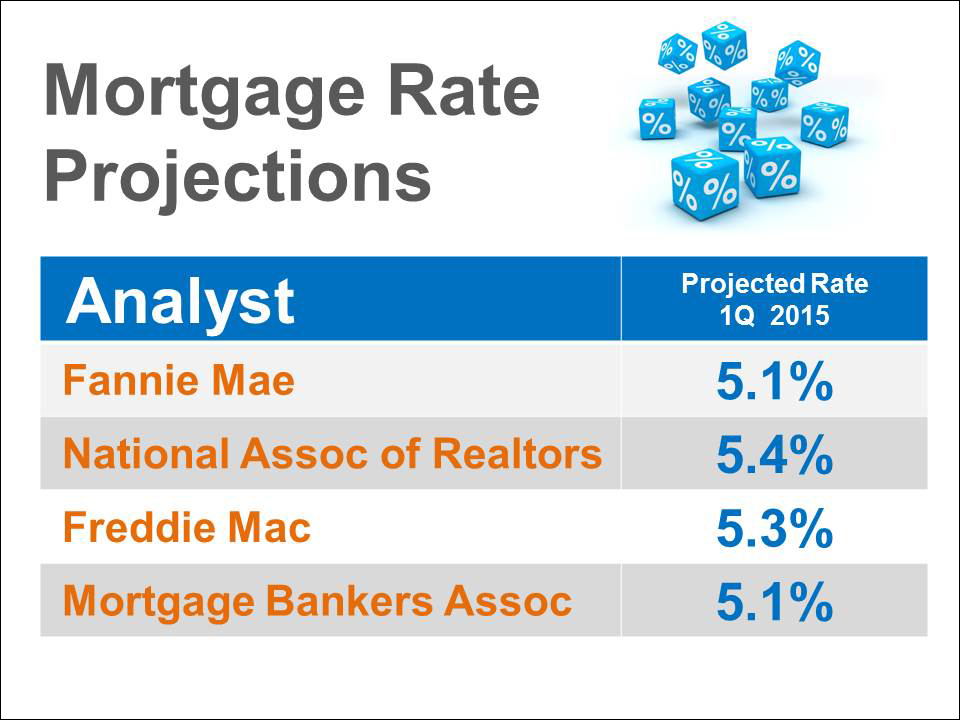 “Kitchen remodels are some of the best investments that you can make in any home. Each year there are new ideas that appear around technology and materials. Las Vegas, Nevada is home to the annual Kitchen & Bath Industry show, and here are some notes from a regular contributor of BobVila.com that we think you will find very interesting.”
“Kitchen remodels are some of the best investments that you can make in any home. Each year there are new ideas that appear around technology and materials. Las Vegas, Nevada is home to the annual Kitchen & Bath Industry show, and here are some notes from a regular contributor of BobVila.com that we think you will find very interesting.”
DC Metro Realty Team – Denise Buck & Ed Johnson
This year is definitely the year for your kitchen! Over the past few years the trend of modernizing your kitchen to fit your lifestyle has been apparent with technology-driven appliances and innovative surfaces and materials. I traveled to Las Vegas, Nevada in February for the annual Kitchen & Bath Industry show (KBIS). Here are 10 wonderful highlights of the show and how your kitchen still rules the home.
1. Modern kitchen innovation that gives a hint of the past:
There has been a re-emergence in kitchen design to bring back old world finishes and blend them with modern innovation. Modern countertops in granite, marble and solid surfacing can take on a vintage appeal with beveled edges and details that went away with handcrafted cabinetry years ago. Kitchen faucets that resemble ‘hand-forged sentiments of early 20th century metalworkers, Artesso™kitchen faucets blend traditional design with industrial chic inspiration’ was gorgeous to see from Brizo faucets. It was also nice to see that kitchen manufacturers haven’t forgotten that historic details in the kitchen still have a place in our homes.
2. Commercial-quality kitchen amenities in your humble abode:
While we all love the comfort of quaint homes, do you sometimes prefer the industrial feel of a commercial kitchen? At KBIS, you could see a definite trend of kitchen manufacturers appealing to both aesthetics. Blanco sinks features their Quatrus R15 stainless steel sink that offers a revolutionary sleek appeal while still enabling homeowners to wash it easily. Turn your kitchen into that commercial kitchen you always wanted with amenities that show off your inner culinary chef .
3. Kitchen accessories aren’t just for show anymore:
Years ago, kitchen accessories played a minor role in function and were instead meant to compliment the sink, faucet or cabinetry of the kitchen. Today, kitchen brands are realizing that homeowners want form, function, and beauty all wrapped up into one. Accessories such as colanders and cutting boards can now fit seamlessly into the sink to help you drain or cut your favorite vegetables. There is no longer a reason to wonder, “What does that do?” in your modern kitchen.
4. Organize your kitchen drawers like never before:
Drawers are commonly used to separate items like spices and utensils. But did you know you can also use your drawers to store bread in their very own customized bread boxes? There was a big representation of brands such as Poggenpohl’s drawer accessories that included cutlery trays, spice racks, knife blocks, bread drawers and aluminum foil holders, among other things. Instead of organizing just a few items in your kitchen, organize your kitchen drawers around the way you and your family use the kitchen.
5. Lighting your kitchen in eco-friendly ways:
Just like the evolution of your home, lighting plays an integral role in ensuring your kitchen experience is safe, enjoyable, and helpful for all your kitchen activities. While traditional lighting fixtures such as pendants and under cabinet lights aren’t new – the use of eco-friendly LED lighting inside of cabinets, drawers, and below the base cabinets is proving to be more helpful to the culinary enthusiast. Whether you have your hands full and don’t have time to reach a light, or you’re looking to add more illumination to your kitchen’s darkest nooks, LED lit cabinetry and drawers may be exactly what you’re looking for.
6. Decorative tile becomes the showstopper over the appliances:
There used to be a time when you walked into a kitchen and all eyes went to the appliances. While appliances are still a major opportunity to wow guests, decorative tile is the perfect crowning glory to a dynamic kitchen. This year, tile manufacturers are holding nothing back and Walker Zanger has always been known for their innovative and iconic tile design styles. This Chelsea Art Glass backsplash is the “Epitome of glass craftsmanship, offering a collection of stunning Tiffany-inspired mosaics created from sheets of colorful, marbleized glass. The glass sheets are hand-cut and blended to create 12 unique shades”. If you’re looking for a way to add pizazz to your kitchen, look to decorative tile to add a glamorous personality to the heart of your home.
7. Saving money in the kitchen is easier than ever
While we all enjoy splurging on our home improvements, saving money on your kitchen renovation is essential. While there was an enormous representation of high-end remodeling ideas at KBIS, there was also a nice contrast of kitchen brands that understood that homeowners like to save money too. I interviewed fixture manufacturer Danze, whose high-quality kitchen faucets are designed save consumers money. They think, “…Your kitchen faucet should do more than just wash vegetables. It should nourish your eye for great design, too. We offer an appetizing array of unique kitchen faucets, bar and convenience faucets and pot fillers. With plenty of smart styles to reflect your personal taste.”
8. Filtered water for your family, delivered in a gorgeous way
Over the years water filtration has become more important as water becomes a more precious resource. Kitchen plumbing manufacturers are finding a way to eliminate the clunky add-on water filter on the outside of your faucet, or under your sink. Brands like ROHL’s Perrin & Rowe are using, “… Filtration featuring Triflow® Technology. This innovative faucet series provides beauty and functionality in one space-saving design. Filtration happens right in the faucet and eliminates the need for an under- the-counter system. Enjoy hot, cold and filtered water while saving money and protecting the environment’”.
9. Affordable countertop surfaces that give the look of luxury
Countertops can be a very expensive portion of your kitchen entourage. Lucky for you there are several kitchen countertop manufacturers that understand homeowners want the look of granite, stone, and marble without the hefty price tag. Formica Corporation has created the 180fx® laminate countertop surface. “A revolution in surfacing with true-to-scale granite patterns that offer visual drama unmatched by any other laminate. New sophisticated patterns focus on a neutral palette – versatile enough to pair with any interior design concept.” So don’t think the kitchen remodel you want is out of reach. It may be possible thanks to these new patterns!
10. Creating connections between your lifestyle and cooking
We live in a wonderful design age where kitchen manufacturers are realizing the importance of connecting how we all live in our homes, the way we interact with our appliances, the way we prepare food, and the way appliances, fixtures, and finishes should interplay with our senses. KBIS is a wonderful example of how the best minds come together to show you what is available today and what they are working on for your future. It’s still true: The kitchen rules our homes and rightfully so. It’s the soul of our home and the way we come together with family and friends!
By Freshome for BobVila.com as published on Yahoo Homes















